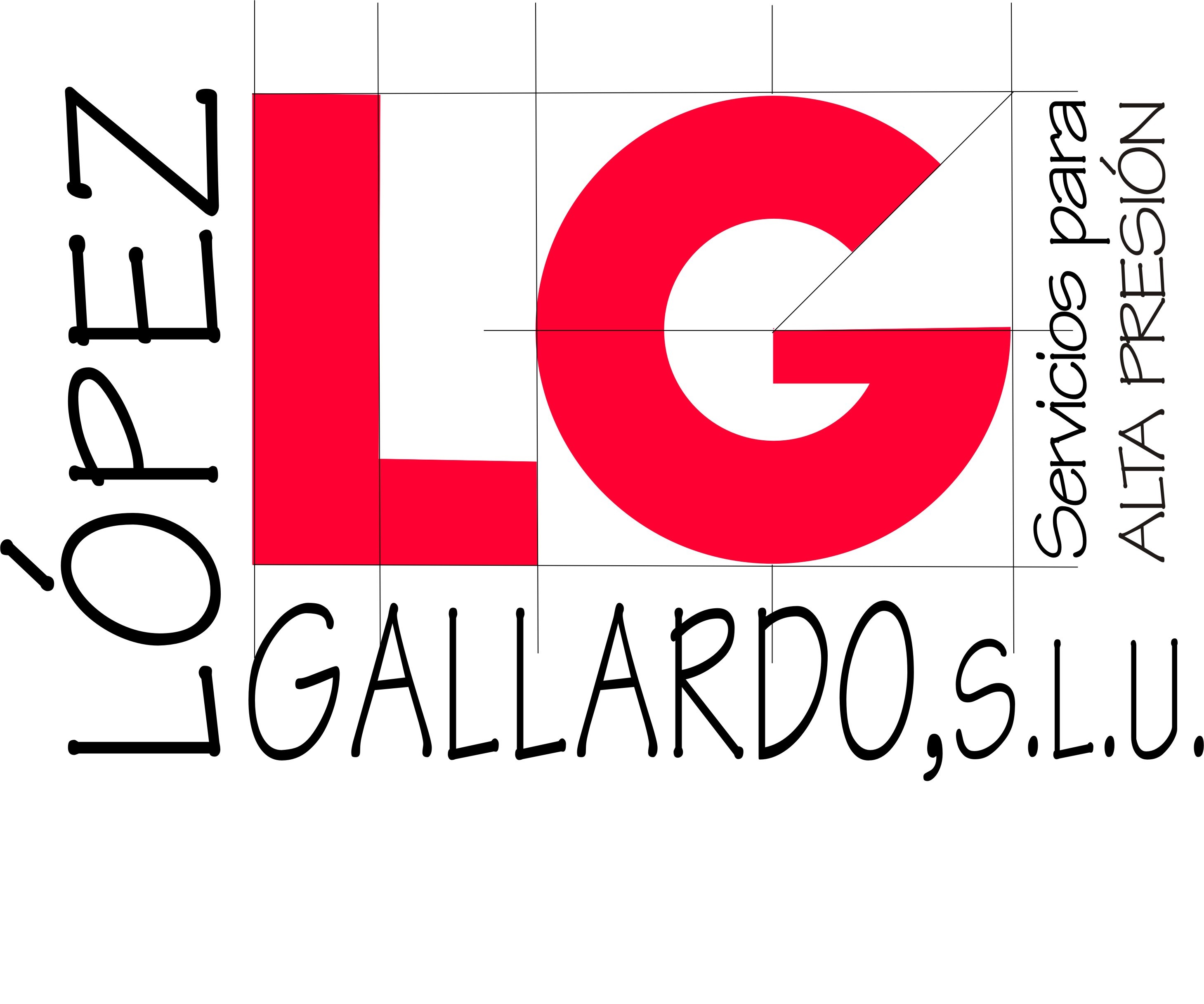paydayloan
Banking the under-banked: the growing need for near-prime credit
That will help to provide the clients associated with above 1,400 credit rating businesses which have either been refused authorisation or withdrawn their applications because the Financial Conduct Authority started managing the sector in April 2014? Although the FCA’s efforts to push away sub-standard methods and improve client results can be welcomed, the regulator should be mindful of where customers previously offered by such companies will now find credit – in particular, there was a danger individuals will check out lenders that are unauthorised.
You can find more and more such clients. PwC’s research shows there could be between 10 million and 14 million, around one fourth associated with the adult that is total whom could find it hard to access credit from conventional sources, despite having only reasonably minor blemishes in the credit rating. This number that is large of borrowers, whom could find it tough to access credit from conventional loan providers, are currently fairly underserved. The buyer credit industry features a obligation to intervene – and, in doing this, a chance to build greater trust along with its clients and wider culture.
It must be said that there’s no standard definition of a customer that is near-prime. But generally, we start thinking about three distinct sets of debtor as dropping into this category:
Current borrowers who will be presently having to pay near-prime rates of interest on the bank cards – typically, they are yearly portion prices (APRs) including 29.9per cent to 39.9per cent;
Customers that have specific near-prime faculties because they haven’t previously applied for credit; or a mildly adverse credit history, such as a record of having missed a small number of payments; payday loans in Maryland or an incomplete credit record, because of an inconsistent address history, for example– they might have a thin credit history;
Customers whom perceive by themselves to be near-prime – they are borrowers that do not be expectant of in order to borrow from main-stream lenders, aside from their credit that is actual rating history.
Also making it possible for overlaps involving the teams mentioned previously, near-prime borrowers represent a tremendously significant section of this market of all of the grownups potentially hunting for credit – somewhere within 20per cent and 27% of all of the British grownups on such basis as a study of 3,000 individuals carried out by PwC in 2015.
More over, with time, this client base has grown in dimensions extremely dramatically. It’s not exactly that a lot of businesses have actually disappeared through the credit rating industry since FCA legislation started, significant though these figures are; in addition, conventional loan providers have actually become more targeted inside their financing into the wake for the crisis that is financial.
It is clear that this really is a group that is under-served. Near-prime bank card clients are actually predominantly offered by simply four providers that are main which have a tendency to specialise of this type for the market. Near-prime cards account fully for just 8% of all of the charge cards held in the UK, despite our estimate that 20-27% of British adults would fall under the team entitled to such facilities.
This is the time for loan providers to treat this general not enough solution. To begin with, there was a societal duty to make sure such a big set of individuals have safe and reasonable use of credit – to reject individuals borrowing facilities such good sized quantities will make problematic for him or her to totally be involved in the economy and restrict their capability to cope with unforeseen activities. Furthermore, while progress happens to be made, monetary services organizations as a whole – and credit rating organisations in particular – have much work to do in order to boost their standing with clients, who’ve been rocked by scandals which range from the miss-selling of re re payment security insurance to extra in the payday financing sector. Working significantly harder to provide the near-prime market represents a way to regain trust that is lost.
Additionally there is a commercial imperative at stake. The proposed reforms into the Basel III legislation have the possibility to fundamentally replace the comes back available from lending to various kinds of client (using possibility of Default bandings as being a proxy for sub, near and prime) – given that reforms presently stay, the impact that is adverse near-prime borrowing will likely be much less noticeable than on lending to prime clients, making near-prime clients fairly more desirable
Loan providers which do not develop solutions for the near-prime market should expect you’ll see such customers migrate to other providers, because their rivals increase towards the duty of fulfilling an evolving customer need. Near-prime financing can also be probably be a place where non-banking rivals are well-placed to fully capture a growing share of this market, with brand brand brand new entrants, especially in the FinTech room, prone to have the agility and inexpensive working models expected to successfully service this segment.
The larger photo, nevertheless, is the fact that a rather number that is substantial of in the united kingdom now fit the profile of a near-prime borrowers; these consumers shouldn’t be rejected use of credit – lenders must find brand brand brand new how to provide them.

